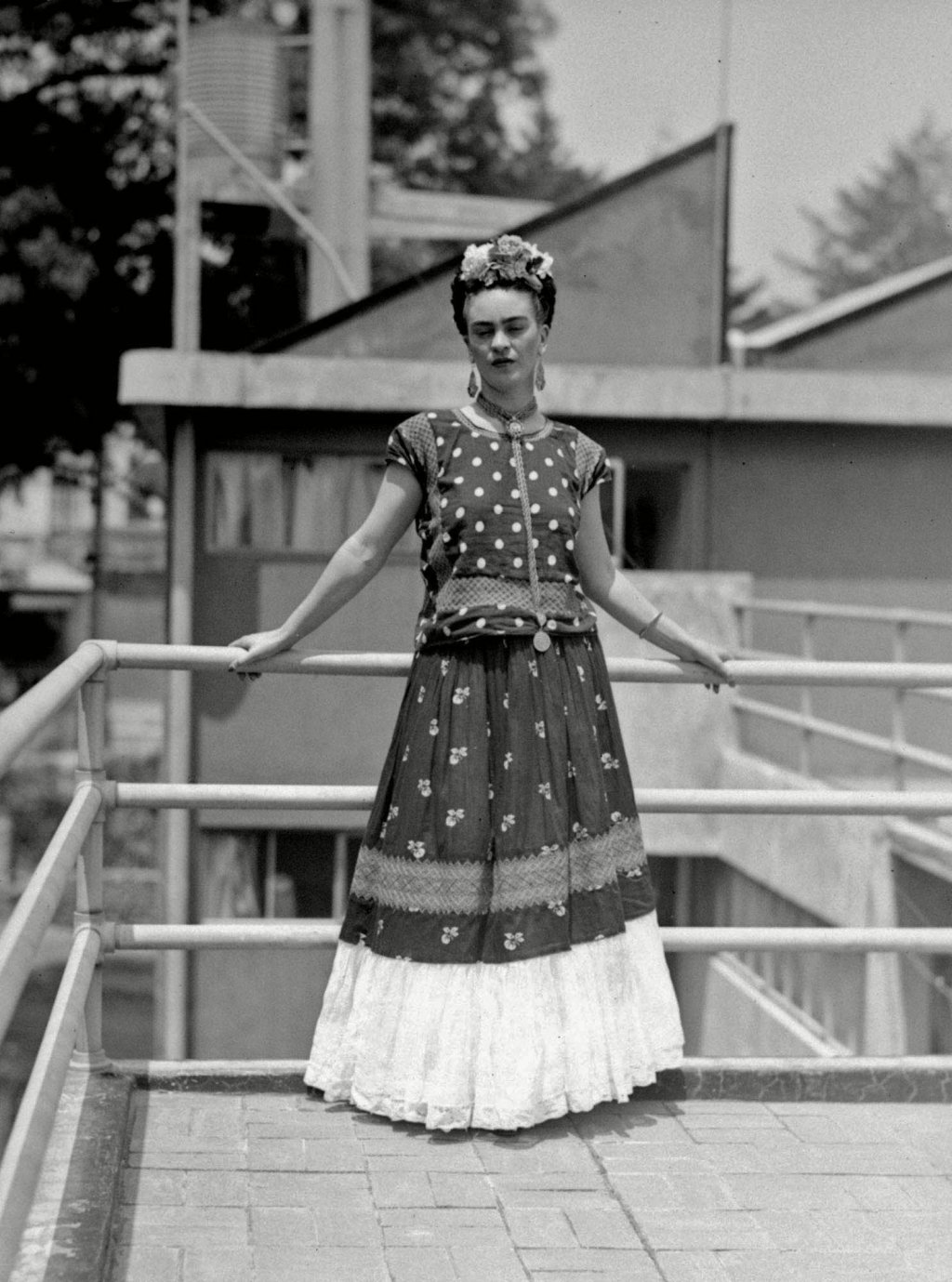[ad_1]
One of art history’s greatest mysteries remains the whereabouts of Frida Kahlo’s The Wounded Table, a 1940 painting created in the aftermath of the artist’s painful divorce from Diego Rivera. Considered the holy grail of Kahlo works, it is one of the only two known large-scale paintings created by the artist. The painting was last seen in an exhibit in Warsaw in 1955, and it disappeared en route to Moscow soon after.
In June, Cristian López Márquez, a Spanish art dealer, claimed to have discovered the long-lost work—which, according to him, is currently stored in a London warehouse, awaiting a buyer. The announcement prompted immediate skepticism from art historians, many of whom have now outright dismissed the work’s authenticity.
Experts interviewed by the Associated Press have claimed there are differences between the painting López claims is a Kahlo and photographs taken of the original. The latter was painted on wood, according to experts, while the painting on sale in London is listed on canvas. Additionally, the AP report said, certain visual discrepancies could indicate that the work is a forgery. Hans-Jérgen Gehrke, a collector who runs a museum dedicated to Kahlo in Germany, told the AP that the claim was “implausible, if not directly ridiculous.”
López, who represents the anonymous owner of the painting, has not offered any details on the painting’s provenance. “Whoever proves genuine interest and the ability to pay the figure of 40 million euros, can spend as much time as wanted with their experts analyzing the work,” he told the AP.
The Wounded Table was first displayed in the “International Exhibition of Surrealism,” alongside pieces by Salvador Dali, Rene Magritte, Joan Miró, and Man Ray. In the painting, Kahlo’s anguish is represented by a blood-stained dinner table mounted on gnarled human legs. Kahlo is seated at the center and flanked by a Nayarit sculpture, a papier-mâché Judas figure, and a skeleton whose arm is entwined in Kahlo’s dark hair. Her sister Cristina’s two children stand on her right.
Kahlo, who was an ardent Communist, wanted to donate the work to the Museum of Western Art in Moscow as a “gift of friendship.” Soviet officials refused to hang the Surrealist work, and it was placed in storage.
Demand for works by Frida Kahlo has been on the rise for several decades. As Kahlo produced only about 200 works during her lifetime, the market has become inundated with forgeries. “There are thousands of Frida Kahlo fakes,” Gehrke told the AP. “She is possibly the artist who has painted more dead than in life.”
[ad_2]
Source link


